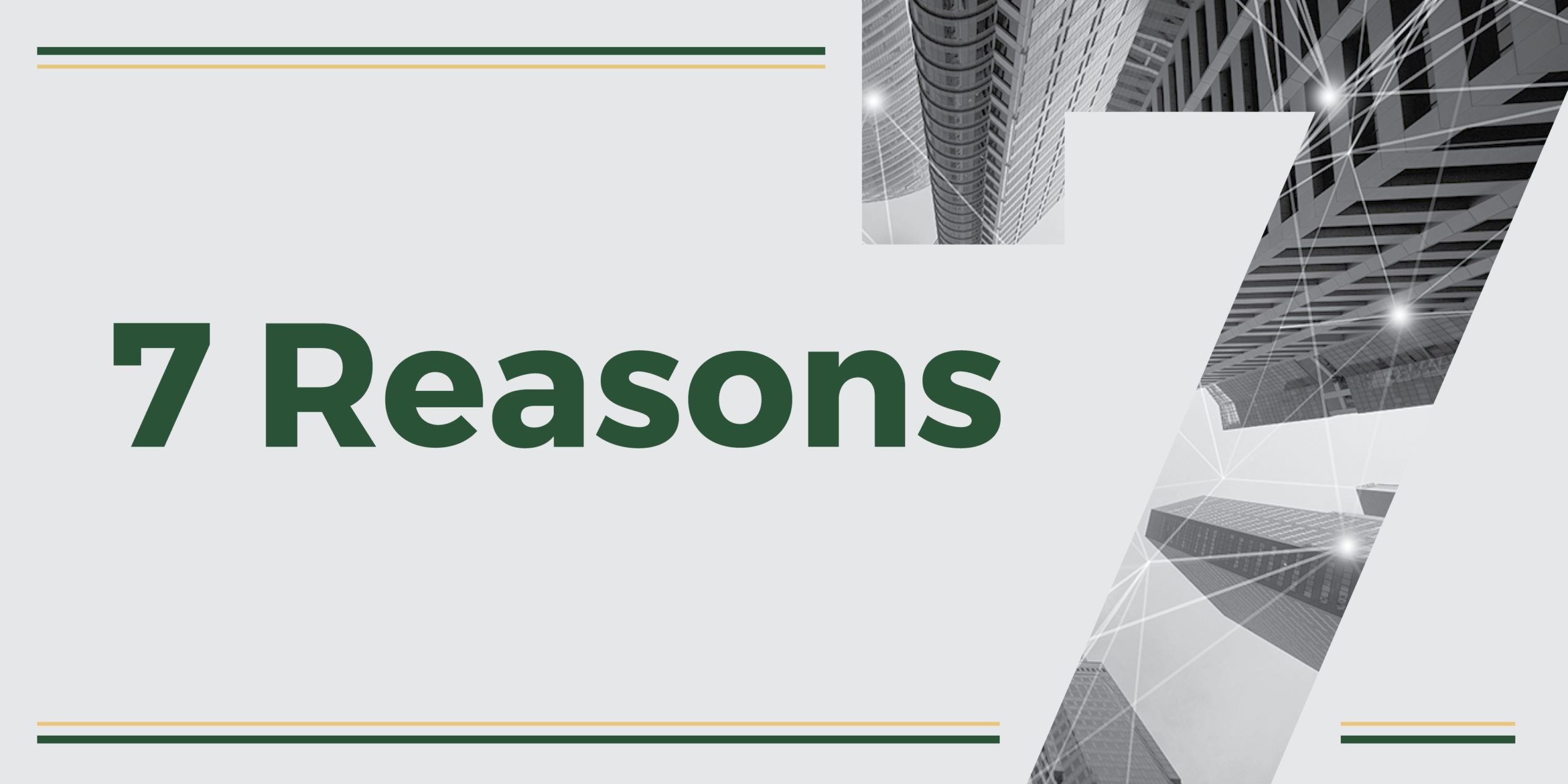Ever heard of Fannie Mae? If you haven’t then you’re probably not in the real estate industry. Fannie Mae is a government-sponsored enterprise (GSE) and one of the largest sources of financing for multifamily properties.
In this article, we’ll explore the top 7 things you should know about Fannie Mae multifamily loans.
But first, what is Fannie Mae?
Fannie Mae is a government-sponsored enterprise (GSE) that was created in 1938 to help ensure that mortgage lenders had enough funds to lend to eligible borrowers. Fannie Mae does not directly make loans, but rather buys them from approved lenders and then either holds them in their portfolio or packages them into securities that are sold to investors.
Here are the top 7 facts you should know about Fannie Mae multifamily loans:
- Fannie Mae is a government-sponsored enterprise (GSE) that was created in 1938 to help stabilize the US housing market and make homeownership more accessible. This quasi-governmental organization buys, securitizes, and services mortgage loans.
- Fannie Mae is the largest lender in the United States when it comes to multifamily loans – they have provided over $100 billion in financing since 2009. It’s important to note that Fannie Mae only offers loans to investment properties with 5 or more units.
- The minimum loan amount for a Fannie Mae multifamily loan is $1 million. There is no maximum loan amount, but the property must meet certain criteria in order to qualify for financing. If you’re looking for a small loan, you may want to consider an SBA 504 or 7a loan instead.
- Fannie Mae offers both fixed-rate and variable-rate loans for multifamily properties. The interest rate will depend on the specific loan program that you choose, as well as other factors like your credit score and the loan-to-value ratio. This type of financing typically has a lower interest rate than other types of loans, such as credit cards or personal loans.
- Fannie Mae offers a variety of loan programs for different types of multifamily properties, including low-income housing, seniors housing, and student housing. Each program has its own set of eligibility requirements, so it’s important to do your research before applying.
- The application process for a Fannie Mae multifamily loan is similar to the process for other types of loans. You’ll need to submit various financial documents, such as tax returns and bank statements, in order to prove your income and assets. The property will also need to be appraised in order to determine the loan amount.
- Fannie Mae loans are typically used for the purchase or refinance of multifamily properties. However, they can also be used for other purposes, such as funding renovations or paying off debt.
If you’re considering a Fannie Mae loan for your next real estate investment, be sure to speak with a qualified mortgage professional to learn more about your options. You can also visit their website for more information about their various loan programs. Lastly, don’t forget to stay up-to-date on the latest news and changes in the real estate industry.
Do you have any questions or thoughts about Fannie Mae multifamily loans? Leave them in the comments below!
